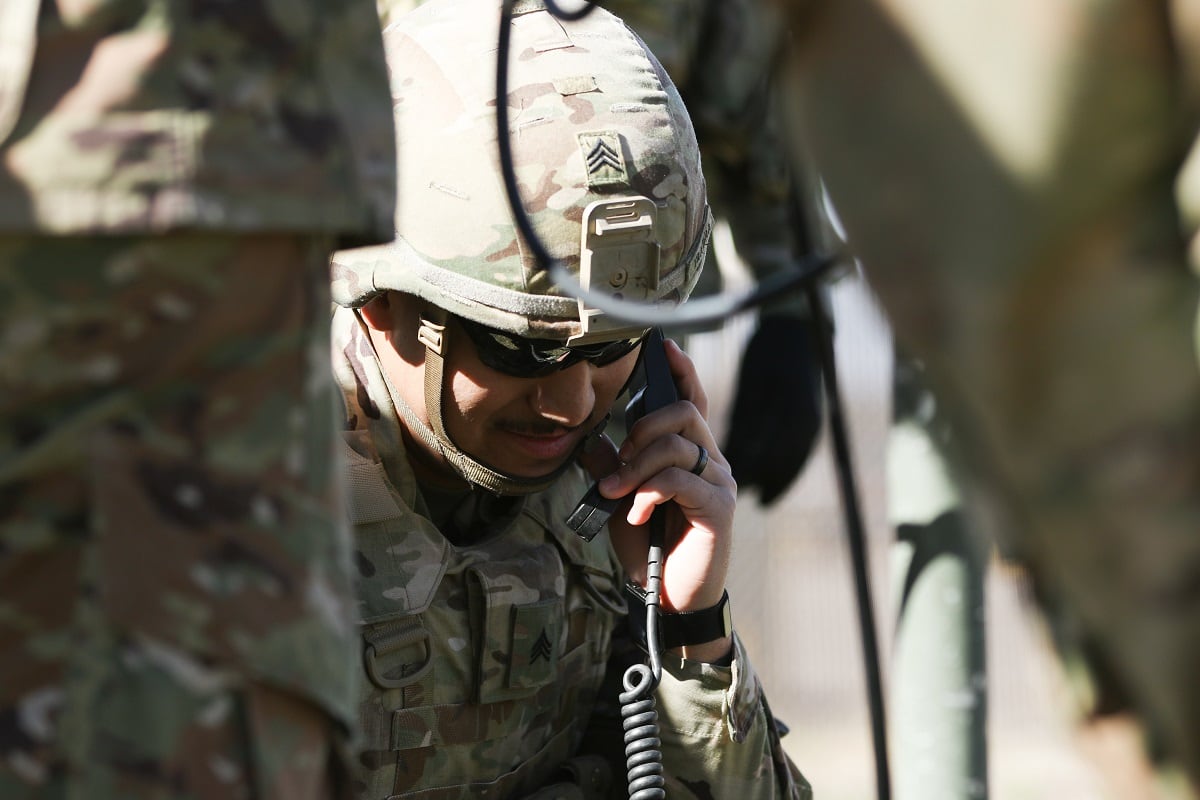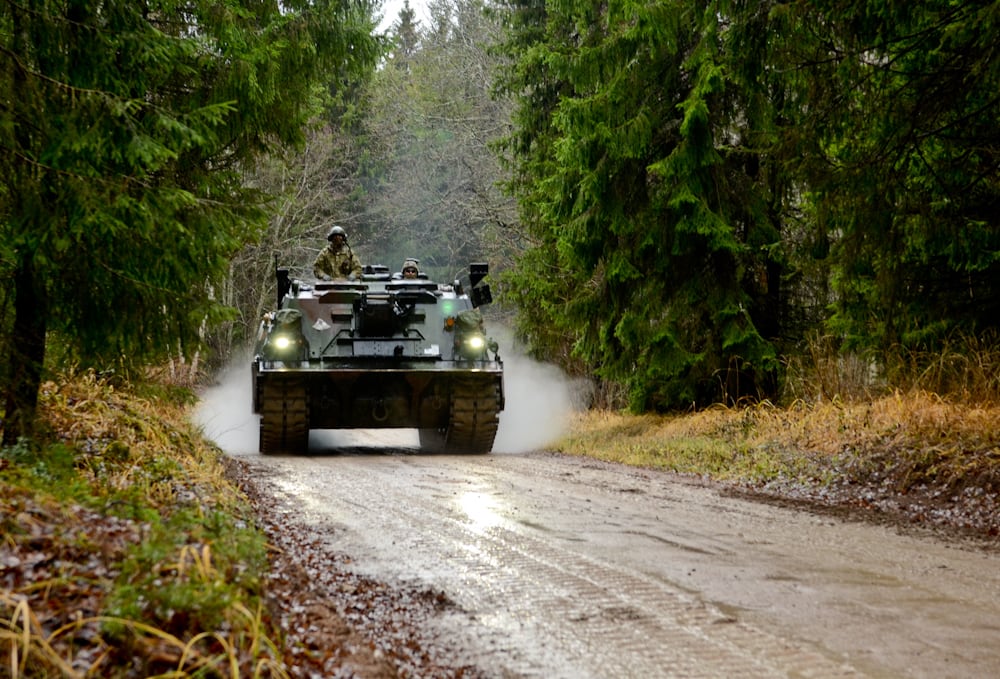The Army is still preparing to field the first units with equipment associated with its new network design in 2021, but that hasn’t stopped it from setting its sights on the next build, slated for 2023. At issue is the compressed timeline it’s seeking to meet since it wants to provide iterative upgrades.
The Army’s incremental “capability set” build, a plan to add capabilities to the network every two years beginning in 2021, will require quick turnarounds to prototype, contract for and experiment with capabilities for units.
RELATED

Col. Garth Winterle, project manager for tactical radios within Program Executive Office Command, Control, Communications-Tactical, told reporters Nov. 21 via teleconference from Austin that, given this cycle, they didn’t have a feeder year where they could shape what they’d be asking for as part of capability set ’23.
As a result, the Army will be asking industry for white papers in December with the intention of inviting companies with promising or exciting technologies back in February for a shark tank-like panel to prioritize technologies and down select. The white paper awards will occur at the end of January, marking what officials again described as an accelerated timeline.
Winterle said industry thinks it can meet these strict timelines. Army network leadership gathered in Austin this week to brief members of industry on their initial designs for 2023, aimed mostly for heavy units, to get feedback and see what technologies industry can bring forward and even accelerate.
RELATED

In addition to using other transaction authorities as a means of meeting the quick turnaround, officials also said they have entered into a large number of cooperative research-and-development agreements with industry, describing them as “instrumental” in the experimental phase. These agreements allow the government to share a lot of vulnerability data of commercial capabilities in the military space, Mike Monteleone, director of the space and terrestrial communications directorate at the Command, Control, Communications, Commuters, Cyber, Intelligence, Surveillance and Reconnaissance Center, said.
Monteleone also said the other big advantage these agreements are that they don’t require money. This is important with the government operating under a continuing resolution, which doesn’t provide for new funding. He added that this advantage is critical for accelerating technology, namely non-developmental or commercial systems.
Other officials noted the potential damage not negotiating a new budget will have not just for capability set ’23, but the delivery of technologies to units in 2021.
“One of our challenges right now is our prototyping resources are a new start and, so, it will have an impact for as long as there’s a continuing resolution,” Maj. Gen. Peter Gallagher, director of the Network Cross-Functional Team, said. “It won’t stop us from doing the shark tank, but it will maybe delay when we can actually put solutions on contract.”
Gallagher noted that as long as there’s a budget by the first of the year and the Army can begin putting things on contract by March, the service will be fine in terms of prototyping efforts for capability set 2023.
What technologies does the Army want in ’23?
Gallagher explained to reporters the types of capabilities the Army is looking to exploit in 2023, which will include looking more at operating at longer distances and hardening systems against digital probes by adversaries.
These include low- and mid-Earth orbit satellite constellations at the halt, but potentially on the move — something Gallagher contended might not be ready for ’23 but they’ll put a lot of focus on it — improved NetOps and cybersecurity posture of the network, technologies in range extension — either unmanned or high-altitude balloons potentially — anti-jam capabilities, tactical cloud computing, faster command posts with smaller signatures and converged mission command and common operational picture technologies.
Gallagher noted that Army Forces Command has identified a Stryker unit for experimentation in 2023, but declined to offer exactly which one in the event FORSCOM changes its mind about the specific unit.
Officials added that they expect to begin getting capabilities in the hands of soldiers for feedback purposes — a key aspect of the Army network modernization process — in 2021. However, the 2021 efforts will focus mostly on lab-based testing of technology. Once verified, units will be fielded for experimentation in 2022.
Gallagher also noted that following the shark tank effort in February 2020, some technologies might not go to Strykers. Some, depending on the type of technology or the type of feedback they need, could go to expeditionary signal battalions.
Mark Pomerleau is a reporter for C4ISRNET, covering information warfare and cyberspace.








